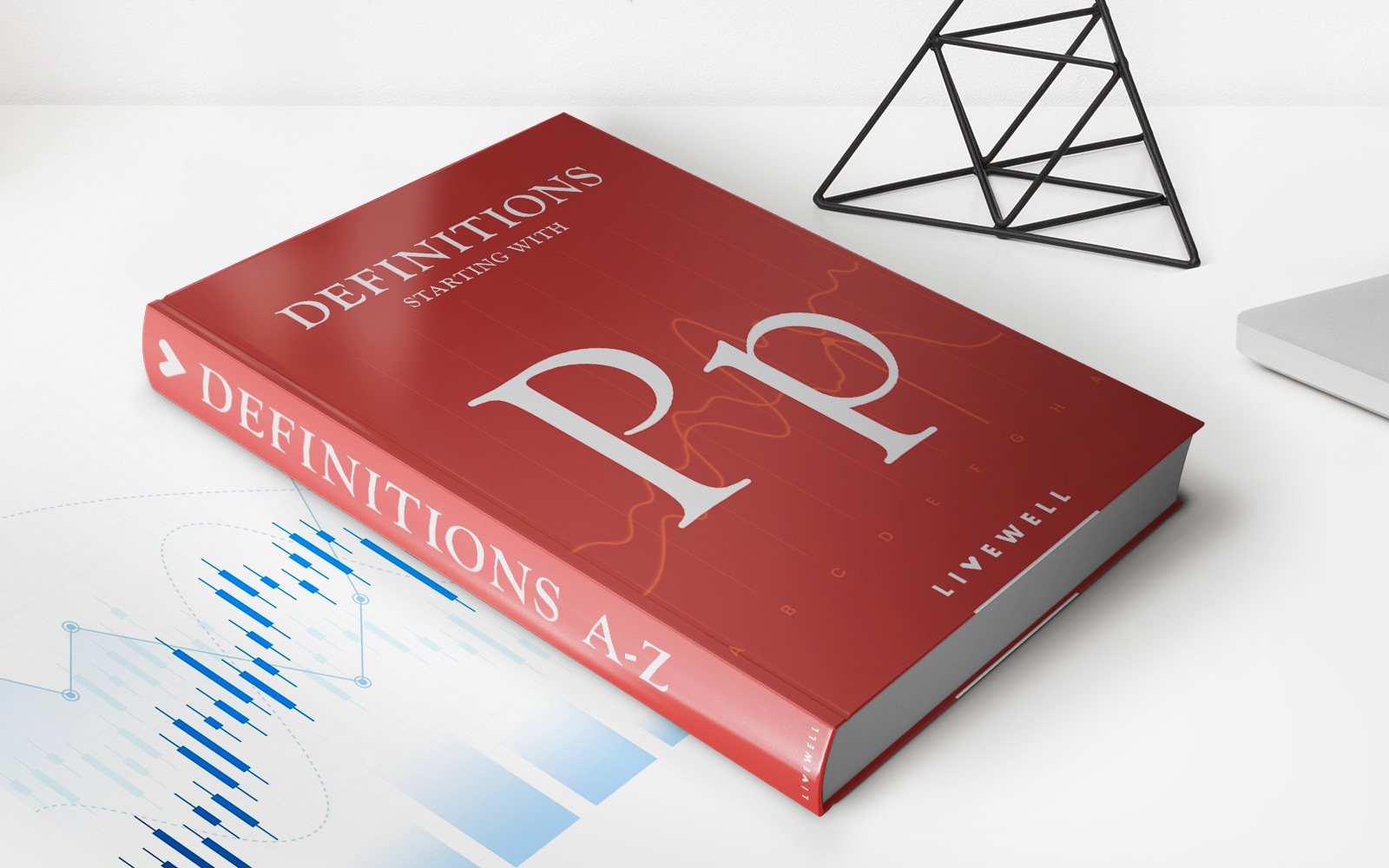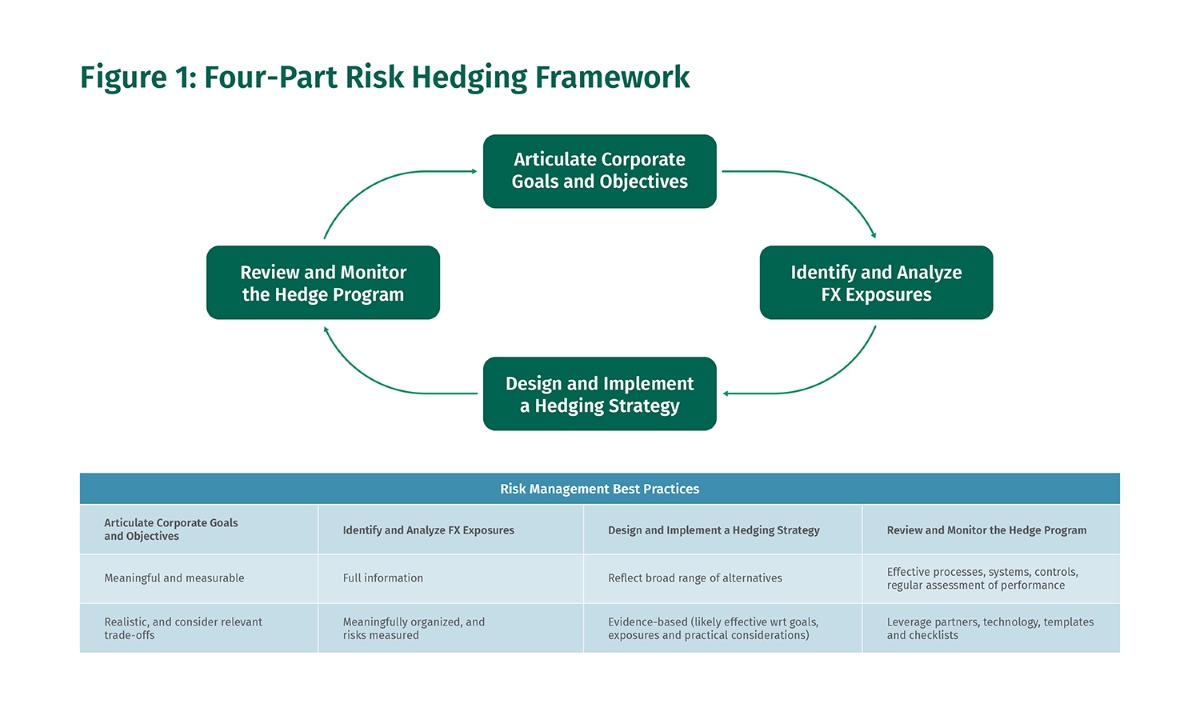Home>Finance>Asset/Liability Management: Definition, Meaning, And Strategies


Finance
Asset/Liability Management: Definition, Meaning, And Strategies
Published: October 9, 2023
Learn about asset/liability management in finance including its definition, meaning, and effective strategies. Enhance your financial knowledge and optimize your financial decisions.
(Many of the links in this article redirect to a specific reviewed product. Your purchase of these products through affiliate links helps to generate commission for LiveWell, at no extra cost. Learn more)
Asset/Liability Management: Definition, Meaning, and Strategies
Have you ever wondered how financial institutions manage their assets and liabilities to optimize their financial performance? The answer lies in a practice called Asset/Liability Management (ALM). In this blog post, we will dive into the meaning and strategies behind ALM, and explore how it can help businesses make informed decisions to mitigate risk and achieve financial stability.
Key Takeaways:
- Asset/Liability Management (ALM) is a practice that helps financial institutions manage their assets and liabilities effectively.
- ALM allows businesses to align their short-term and long-term objectives by optimizing their financial resources.
What is Asset/Liability Management (ALM)?
Asset/Liability Management is a comprehensive strategy that financial institutions use to manage their assets and liabilities in a way that aligns with their business objectives and minimizes risk. The practice involves assessing and weighing the risks associated with various assets and liabilities and developing strategies to mitigate those risks. By managing their assets and liabilities efficiently, businesses can maintain financial stability and maximize their profitability.
Why is Asset/Liability Management Important?
Asset/Liability Management is paramount for financial institutions as it helps them navigate the complexities of the financial markets and make informed decisions. By implementing ALM, businesses can:
- Optimize their financial resources to achieve strategic goals.
- Identify and manage risks associated with their assets and liabilities.
- Balance short-term profitability with long-term financial sustainability.
- Ensure compliance with regulatory requirements.
Strategies for Asset/Liability Management
Successful Asset/Liability Management involves the implementation of various strategies that align with the institution’s financial goals and risk tolerance. Here are some commonly used ALM strategies:
- Match-Funding: This strategy involves aligning the maturity and interest rate characteristics of assets and liabilities to minimize interest rate risk. By matching the terms and rates, businesses can ensure cash inflows and outflows are balanced.
- Duration Gap Analysis: Duration gap analysis is a risk management technique where financial institutions assess the sensitivity of their net worth to changes in interest rates. By measuring the gap between the weighted average duration of assets and liabilities, businesses can gauge their exposure to interest rate risk.
- Liquidity Management: Managing liquidity is crucial for financial institutions to meet short-term obligations. By maintaining adequate liquidity reserves, businesses can ensure they have enough cash or liquid assets readily available to cover unexpected needs.
- Stress Testing: Stress testing involves simulating adverse scenarios to evaluate an institution’s financial stability. By subjecting their assets and liabilities to various stressors, businesses can identify potential risks and develop contingency plans to mitigate them.
In Conclusion
Asset/Liability Management is a critical practice for financial institutions to optimize their financial performance, mitigate risk, and ensure long-term sustainability. By implementing strategies such as match-funding, duration gap analysis, liquidity management, and stress testing, businesses can make informed decisions and navigate the complexities of the financial markets with confidence. To achieve the best results, it is advisable for businesses to consult with experts in the field of Asset/Liability Management who can provide tailored advice and solutions specific to their needs.














